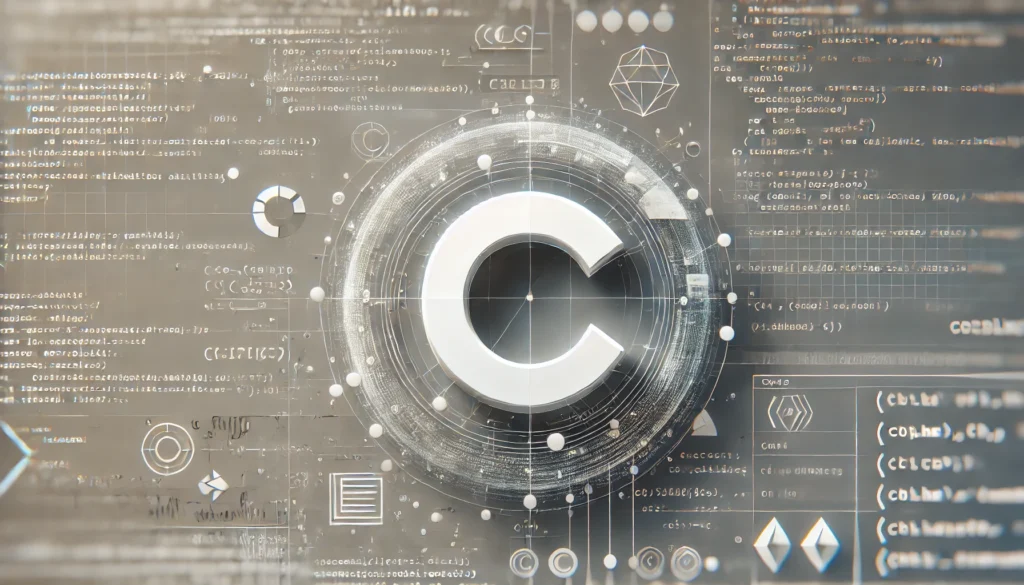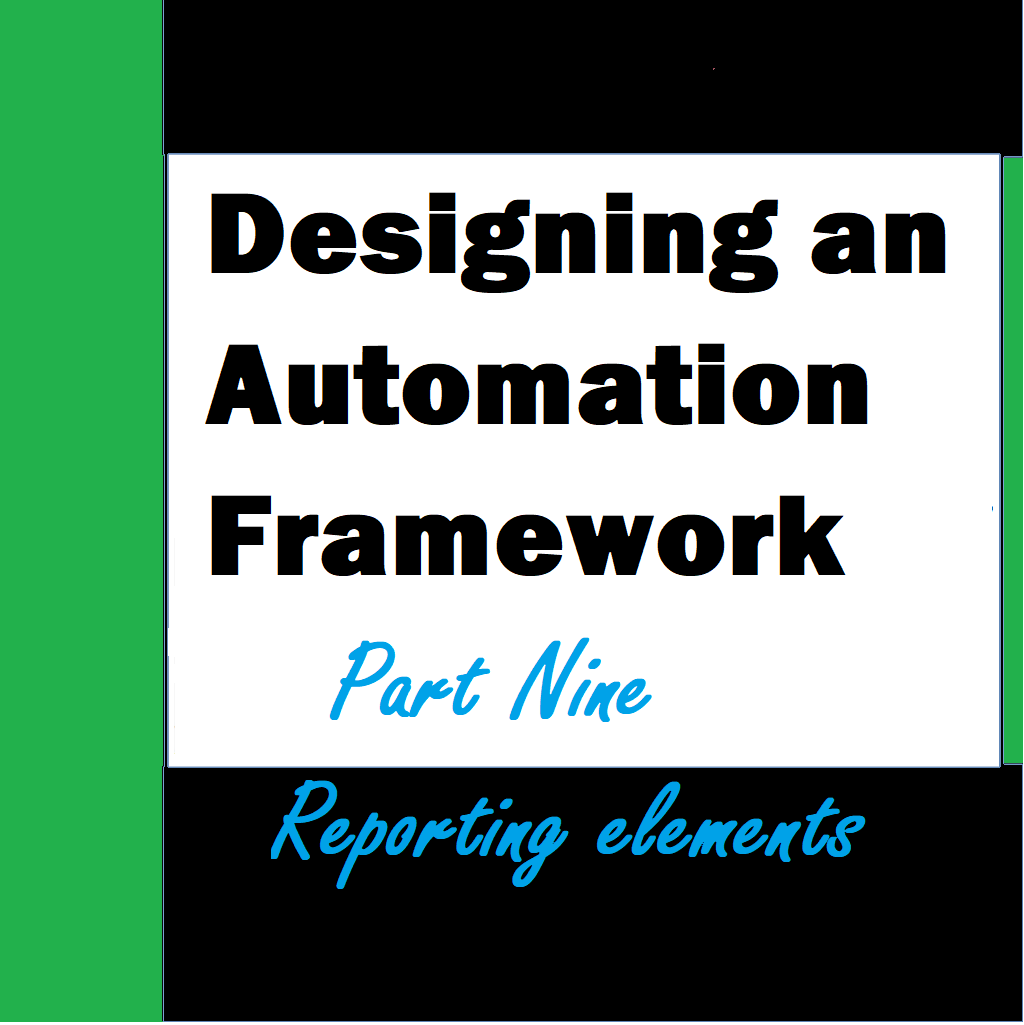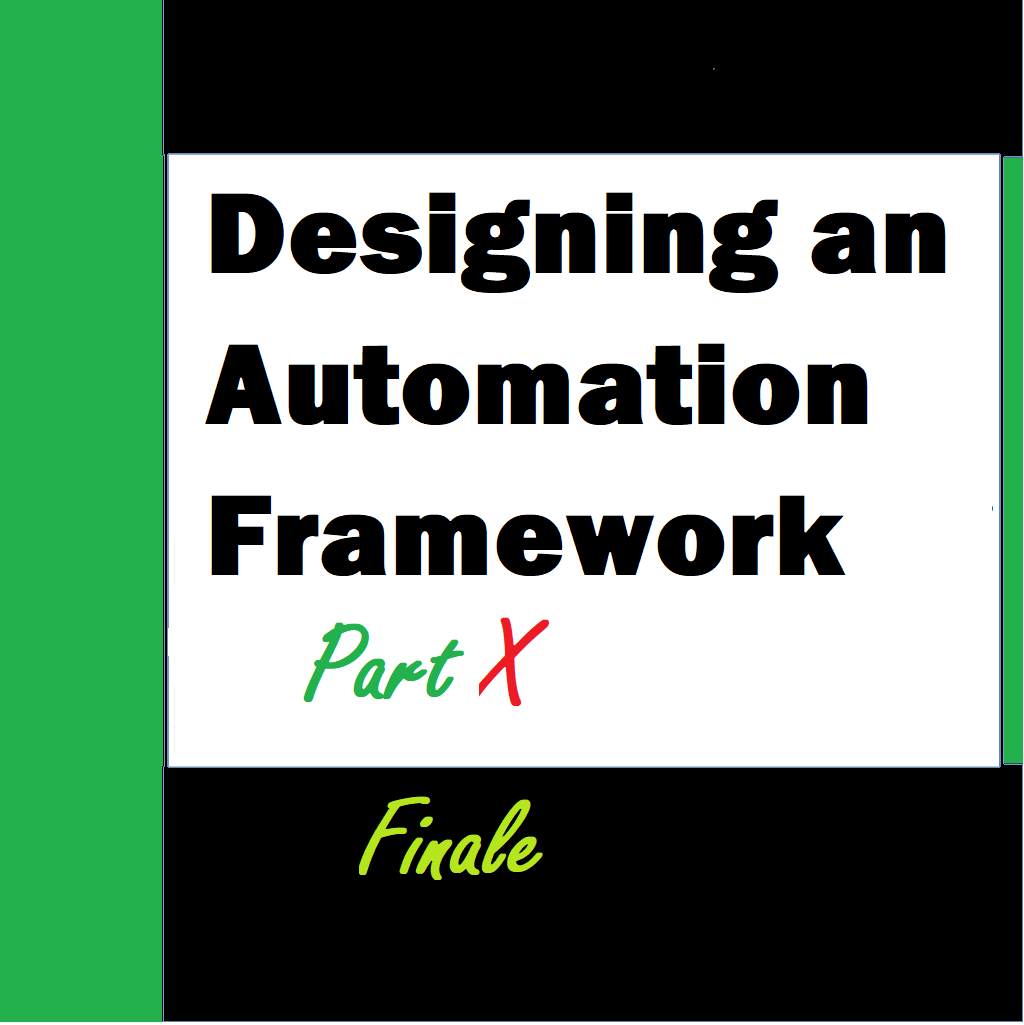The C programming language is one of the most influential and widely used programming languages in computer science. Developed in the early 1970s by Dennis Ritchie at Bell Labs, C was designed to provide low-level memory access while maintaining high-level programming capabilities. Its simplicity, efficiency, and flexibility make it the foundation for many modern programming languages, including C++, Java, and Python. Over the years, C has been extensively used in system programming, embedded systems, and application development due to its portability and control over hardware.
One of the defining characteristics of C is its structured programming approach, which enables developers to break complex problems into manageable modules. It offers direct memory manipulation through pointers, making it a preferred choice for system-level programming. With features like functions, arrays, and file handling, C allows developers to write robust and efficient code. Additionally, its standard library provides a rich set of built-in functions that streamline the development process.
Despite its age, C continues to be a fundamental language in the programming world. Its influence extends to operating systems, compilers, databases, and even modern technologies like artificial intelligence and blockchain. Learning C provides a strong foundation for understanding computer architecture and programming logic, making it an essential skill for software developers and engineers.
Appearing for a C Language Technical Interview in 2025
In 2025, C language technical interviews continue to demand strong foundational knowledge along with problem-solving skills. While C has been around for decades, its relevance persists in industries like embedded systems, operating systems, and high-performance computing. Candidates must be well-versed in core concepts such as pointers, memory management, data structures, and algorithm optimization. Since many technical interviews focus on practical coding skills, preparing with hands-on projects and competitive coding challenges can give candidates a competitive edge. Additionally, familiarity with modern C standards, such as C17 and C23, is crucial as companies adopt newer language features for improved safety and performance.

Technical interviews in 2025 are expected to be more dynamic, incorporating AI-driven coding assessments and virtual whiteboard problem-solving sessions. Many companies now use automated coding platforms that evaluate efficiency, correctness, and edge case handling. Candidates should also be prepared to discuss real-world applications of C, such as kernel development, IoT programming, or low-level performance optimizations. Debugging skills and an understanding of common pitfalls, like buffer overflows and memory leaks, will be essential, as employers seek developers who can write secure and efficient C code. Strong knowledge of system calls, threading, and inter-process communication can also set candidates apart in advanced interviews.
Beyond technical expertise, communication and problem-solving approaches play a significant role in interview success. In 2025, many companies emphasize a candidate’s ability to explain their thought process, optimize code iteratively, and collaborate effectively in a team setting. Mock interviews, open-source contributions, and participation in coding forums can help candidates refine their skills and gain practical exposure. As industries continue evolving with AI, cybersecurity, and embedded technologies, C remains a vital language, making it imperative for candidates to stay updated with the latest advancements and best practices.
Basic Questions
- What is C language?
C is a general-purpose, procedural programming language developed by Dennis Ritchie in 1972 at Bell Labs. It is widely used for system and application software. - What are the key features of C?
- Simple and efficient
- Fast execution
- Structured language
- Portable
- Rich library support
- Pointers and memory management
- What is the difference between C and C++?
C is a procedural programming language, whereas C++ supports both procedural and object-oriented programming paradigms. - What is a compiler?
A compiler is a software that translates C source code into machine code. - What are keywords in C?
Keywords are reserved words that have predefined meanings in C. Examples:int,float,return,if,else.

Data Types and Variables
- What are the different data types in C?
int(integer)float(floating point)double(double precision floating point)char(character)void(empty type)
- What is the difference between
intandfloat?intstores whole numbers, whilefloatstores decimal numbers with a fractional part. - What is the size of an integer in C?
It typically takes 4 bytes but can vary based on the compiler and system architecture. - What is a pointer?
A pointer is a variable that stores the memory address of another variable. - How do you declare a pointer in C?
int *ptr;
Control Structures
- What are the types of control structures in C?
- Decision-making (
if,else,switch) - Looping (
for,while,do-while) - Jump statements (
break,continue,goto)
- Decision-making (
- What is the difference between
whileanddo-whileloop?
Inwhile, the condition is checked first, whereas indo-while, the loop executes at least once before checking the condition.
Functions and Storage Classes
- What are functions in C?
Functions are blocks of code that perform a specific task and can be reused. - What is the difference between
call by valueandcall by reference?
Incall by value, a copy of the variable is passed, whereas incall by reference, the actual variable is passed using pointers. - What are storage classes in C?
auto(default, local scope)register(stored in CPU registers)static(persists for the lifetime of the program)extern(global variable)

Arrays and Strings
- What is an array?
An array is a collection of similar data types stored in contiguous memory locations. - How do you declare an array in C?
int arr[10]; - What is a string in C?
A string is an array of characters terminated by a null character\0. - How do you read a string in C?
Usingscanforgets().
Pointers and Memory Management
- What is a null pointer?
A pointer that does not point to any valid memory location. - What is
malloc?malloc()dynamically allocates memory. - What is
free?free()deallocates dynamically allocated memory. - What is a dangling pointer?
A pointer pointing to a memory location that has been freed.
Structures and Unions
- What is a structure in C?
A structure is a user-defined data type that groups different data types. - What is a union?
A union is like a structure but shares memory among all members. - What is the difference between structure and union?
In a structure, all members have unique memory, whereas in a union, members share memory.
File Handling
- What are file handling functions in C?
fopen(),fclose(),fprintf(),fscanf(),fgets(),fputs().
- How do you open a file in C?
FILE *fp = fopen("file.txt", "r"); - What is the difference between text and binary files?
Text files store data in human-readable format, while binary files store it in machine-readable format.
Advanced Topics

- What is
typedef?typedefcreates an alias for a data type. - What is recursion?
A function that calls itself. - What is an inline function?
A function that is expanded at compile time to reduce function call overhead. - What is
volatilekeyword?
It tells the compiler that a variable can be changed unexpectedly. - What is
constin C?
It makes a variable’s value unchangeable. - What is segmentation fault?
A runtime error due to invalid memory access. - What is the difference between stack and heap?
Stack is used for local variables, while heap is used for dynamic memory allocation. - What is function pointer?
A pointer that points to a function. - What is bitwise operator?
Operators that perform bit-level operations (&,|,^,~,<<,>>). - What is
sizeofoperator?
It returns the size of a variable or data type. - What is
enumin C?
It defines a set of named integer constants. - What is a macro?
A preprocessor directive used to define constants. - What is command-line argument?
Inputs passed tomain()from the command line. - What is the difference between
staticandglobalvariables?staticvariables have file scope, whileglobalvariables can be accessed anywhere. - What is a memory leak?
Memory that is allocated but not freed. - What is
assert()?
Used for debugging to check assumptions. - What is
exit()?
Terminates program execution. - What is
setjmpandlongjmp?
Used for exception handling in C. - How is C different from other languages?
C provides low-level memory manipulation with high efficiency. - What is
#pragmadirective?
Used for compiler-specific instructions. - What is the use of
volatilekeyword?
It prevents compiler optimization on a variable.
Conclusion on C Language
The enduring legacy of C can be attributed to its performance, flexibility, and direct hardware control, making it an indispensable tool for programmers. Unlike many modern high-level languages, C offers a unique balance between abstraction and low-level capabilities, allowing developers to optimize code for speed and efficiency. Whether it’s writing operating systems, designing embedded applications, or developing performance-critical software, C remains a powerful choice.
Moreover, C has set the standard for syntax and programming concepts that have been adopted by numerous other languages. Its extensive use in system programming, networking, and real-time applications highlights its relevance even in today’s evolving technological landscape. While newer languages may offer higher-level abstractions, C continues to provide unparalleled efficiency and control, which is crucial for many mission-critical applications.
In theory, learning C is not just about mastering another programming language—it’s about understanding the fundamental principles of computing. Its role in shaping modern software development is undeniable, and its presence in various industries proves its timeless value. Whether you’re a beginner or an experienced developer, proficiency in C opens doors to a deeper comprehension of programming and system-level development.
Curated Reads





